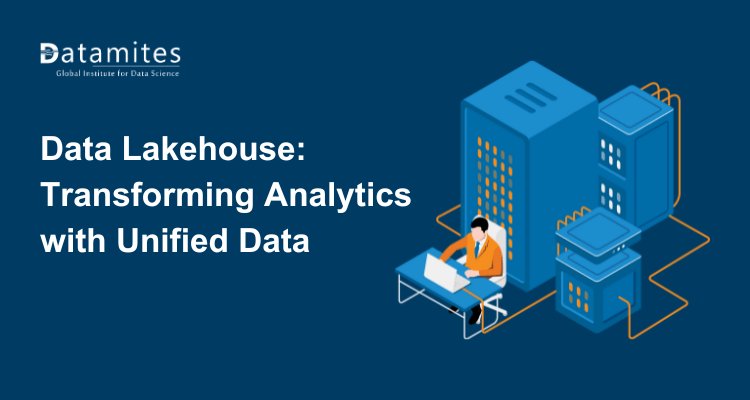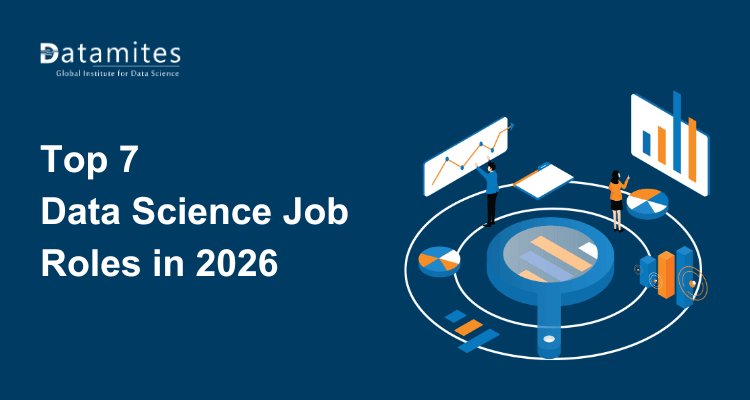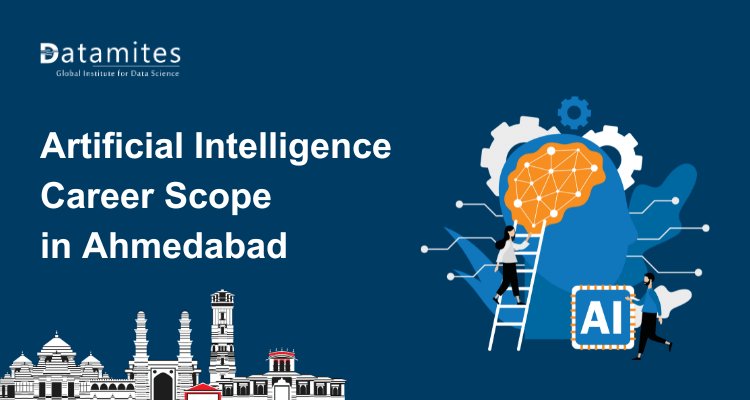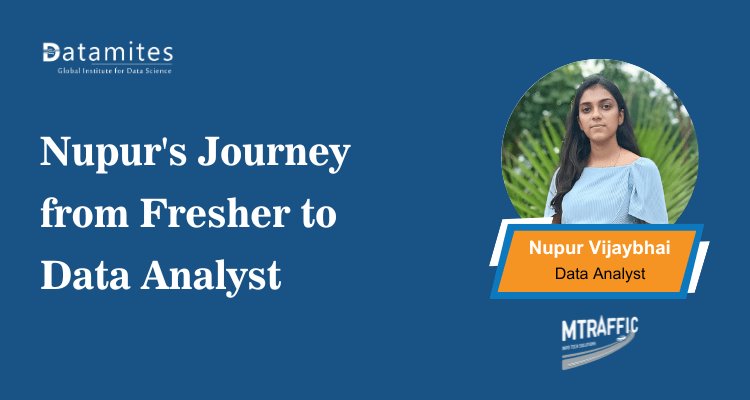Data Lakehouse: Transforming Analytics with Unified Data
Discover how Data Lakehouse unifies data lakes and warehouses to transform analytics. Explore Databricks Lakehouse fundamentals, architecture, real-world examples, and benefits for scalable, real-time, and AI-driven data insights.

In the rapidly evolving world of data management and analytics, organizations face increasing challenges in managing massive volumes of structured and unstructured data. Traditional data warehouses and data lakes have served as valuable tools for storing and analyzing data, yet both come with limitations when handling diverse data types and real-time analytics.
This is where the Data Lakehouse emerges as a game-changing innovation combining the best of both worlds to enable unified, scalable, and intelligent analytics.
The Databricks Lakehouse Platform revolutionizes data processing, integrating lakehouse architecture and machine learning for faster analytics, collaboration, and efficiency.
Understanding Data Lakehouse
A Data Lakehouse is an advanced data management architecture that merges the flexibility and scalability of data lakes with the performance and reliability of data warehouses. It acts as a single platform that supports all types of analytics from business intelligence (BI) and data science to machine learning (ML) and real-time streaming analytics.
Unlike traditional data lakes, which often lack governance and performance optimization, a data lakehouse architecture ensures data consistency, quality, and transactional support (ACID properties). It enables analysts and data scientists to work on the same data without duplication, ensuring a unified view across the organization.
The Databricks Lakehouse is a pioneer in this field, designed to unify data engineering, data science, and business analytics under one platform. Built on open standards like Delta Lake, it ensures reliability, scalability, and interoperability with modern data tools. Through Databricks Lakehouse fundamentals, organizations gain an end-to-end understanding of how to efficiently manage data pipelines and apply machine learning models to derive actionable business outcomes.
Refer to the articles below:
- Categorical Analysis: Methods, Applications, and Insights
- Star Schema vs Snowflake Schema
- The Role of Data Quality in Digital Transformation
Key Components of a Data Lakehouse
To truly understand the power of a data lakehouse, it’s important to break down its core components. Each layer of the lakehouse architecture contributes to seamless data management, governance, and analytics.
1. Storage Layer: At the foundation lies the storage layer, which holds raw and curated data in open formats like Parquet or Delta. The Databricks Lakehouse Platform uses Delta Lake technology to provide ACID transactions, schema enforcement, and versioning, ensuring data reliability.
2. Metadata and Governance Layer: This component ensures that all data is discoverable, governed, and compliant. It allows users to define data schemas, manage permissions, and track data lineage. In Databricks Lakehouse fundamentals, metadata management is crucial to maintain data quality and trustworthiness.
3. Compute and Processing Layer: The compute layer enables distributed processing for data engineering, analytics, and machine learning tasks. With Databricks Lakehouse, users can scale compute resources dynamically to handle both batch and streaming workloads efficiently.
4. Data Management and Access Layer: This layer provides interfaces for SQL, Python, R, and other programming languages, making it easier for teams to perform ad hoc queries and build predictive models. It integrates seamlessly with popular analytics and visualization tools like Power BI, Tableau, and Looker.
5. Machine Learning and AI Layer: A significant differentiator of the Databricks Lakehouse Platform is its integrated machine learning environment. Users can develop, train, and deploy ML models directly on the same data used for analytics, eliminating data silos and accelerating innovation.
Through this architecture, the data lakehouse achieves what neither data lakes nor data warehouses could do alone unifying structured, semi-structured, and unstructured data under one intelligent ecosystem.
What Are the Advantages of a Data Lakehouse?
The rise of data lakehouse technology has revolutionized enterprise analytics by addressing key challenges of scalability, governance, and real-time processing. Let’s explore the major benefits:
1. Unified data platform for smooth workflow: A data lakehouse consolidates multiple data systems into a single, unified platform. Businesses no longer need separate infrastructures for data storage and analytics, reducing operational complexity. The Databricks Lakehouse simplifies data workflows by integrating data engineering, data science, and business intelligence.
2. Scalability and flexibility of data: Unlike traditional warehouses with limited scalability, the lakehouse architecture allows seamless expansion as data grows. It supports a variety of data types from structured transaction data to unstructured media files making it ideal for modern enterprises dealing with diverse data sources.
3. Cost efficiency platform for data management: By eliminating the need to maintain multiple systems, the Databricks Lakehouse Platform reduces infrastructure costs. It leverages cloud storage and computing, enabling organizations to pay only for what they use while achieving faster processing speeds.
4. Advanced analytics and machine learning applications: One of the standout advantages of a data lakehouse is its native support for machine learning applications and how to use AI for data analyst. Using Databricks Lakehouse fundamentals, teams can run predictive analytics and train ML models directly within the same platform, driving innovation and business growth.
5. Enhanced data governance for data accuracy: The integration of metadata management and governance ensures data accuracy, compliance, and traceability. With Delta Lake and Databricks Unity Catalog, users can implement fine-grained access controls, ensuring that sensitive data remains secure.
6. Real-time data processing for faster decision making: Businesses can process and analyze data in real time, enabling faster decision-making. This capability is particularly beneficial for sectors like finance, healthcare, and retail, where timely insights drive competitiveness.
7. Open and Interoperable Framework: The Databricks Lakehouse Platform is built on open standards, supporting integration with tools across the modern data stack. This interoperability ensures that organizations avoid vendor lock-in while maintaining flexibility in tool selection.
In essence, the data lakehouse bridges the gap between data lakes and warehouses, enabling organizations to harness the full value of their data while maintaining performance, scalability, and governance.
Real World Examples of Data Lakehouse
The adoption of data lakehouse architecture is accelerating across industries as enterprises recognize its transformative potential. Here are some notable data lakehouse examples that showcase its practical applications:
1. Data management in healthcare sector: Data analytics in healthcare organizations are leveraging the Databricks Lakehouse Platform to integrate patient records, imaging data, and genomic datasets into a unified environment. This enables predictive analytics for disease detection, personalized medicine, and operational efficiency. With a data lakehouse, healthcare providers can securely share data while maintaining compliance with regulatory standards like HIPAA.
2. Data handling in retail and e-commerce: Retailers use data lakehouse solutions to gain a holistic view of sales analytics, customer behavior, supply chain performance, and sales trends. By applying Databricks Lakehouse fundamentals, companies can run real-time analytics and optimize inventory management, dynamic pricing, and personalized marketing campaigns.
3. Data Lakehouse used for financial services: Financial institutions are adopting the Databricks Lakehouse to manage complex financial data and detect fraudulent activities. The ability to combine structured transaction data with unstructured logs allows banks to perform real-time fraud detection, data modeling, and compliance analysis.
4. Data management in manufacturing and IoT: Data analytics in manufacturing firms use data lakehouse platforms to collect and analyze sensor data from connected devices. This enables predictive maintenance, quality control, and supply chain optimization. The lakehouse architecture supports both historical analysis and real-time streaming from IoT devices.
5. Data handling in media and entertainment: Streaming services rely on data lakehouse architecture to manage large volumes of video, audio, and user engagement data. The Databricks Lakehouse Platform helps them personalize recommendations, optimize content delivery, and enhance user experience through AI-driven insights.
These real-world data lakehouse examples demonstrate how organizations across sectors are achieving agility, innovation, and efficiency through unified data analytics.
The Future of Data Analytics with Databricks Lakehouse
The growing reliance on digital transformation, artificial intelligence, and real-time analytics has made data lakehouses indispensable. As data volumes surge, the Databricks Lakehouse Platform continues to evolve with enhanced features like Delta Sharing for secure data collaboration and Unity Catalog for centralized governance.
The Grand view research reports that The global data lakehouse market, valued at USD 11.35 billion in 2024, is expected to surge to USD 74.00 billion by 2033, registering an impressive CAGR of 23.2% between 2025 and 2033.
The Databricks Lakehouse empowers enterprises to modernize data infrastructure, unify data systems, and drive predictive analytics. By adopting lakehouse architecture, organizations achieve scalability, real-time insights, and AI-driven decision-making, transforming data into a strategic asset for innovation, efficiency, and sustained competitive advantage.
By understanding the Databricks Lakehouse fundamentals and exploring real-world data lakehouse examples, businesses can harness this innovation to streamline operations, enhance analytics, and drive informed decision-making. As industries increasingly embrace lakehouse architecture, the future of analytics lies in unified data smarter, faster, and more accessible than ever before.
Refer to the articles below:
- Data Analyst Career Scope in India
- What would be the Data Analyst Course Fee in India
- Mastering Data Analytics in India
DataMites offers comprehensive and career-oriented training programs in Data Science, Python, Artificial Intelligence, Data Engineering, IoT, and data analyst courses in Ahmedabad. The institute provides flexible learning options, including online classes, classroom training, and live internships, ensuring accessibility for all learners. Accredited by IABAC and NASSCOM FutureSkills, DataMites’ programs grant globally recognized certifications, empowering students with industry-relevant credentials. Through real-world projects, expert mentorship, and portfolio-building opportunities, learners gain the practical knowledge and analytical skills essential for emerging in data-driven careers.
With a strong presence in major Indian cities such as Bangalore, Mumbai, Hyderabad, Chennai, Ahmedabad, Jaipur, Coimbatore, Delhi, and Kolkata, DataMites delivers data analyst training in Bangalore through both online and offline modes. This blended approach allows learners to gain hands-on experience, achieve international certification, and confidently advance their careers in today’s fast-growing analytics industry.





